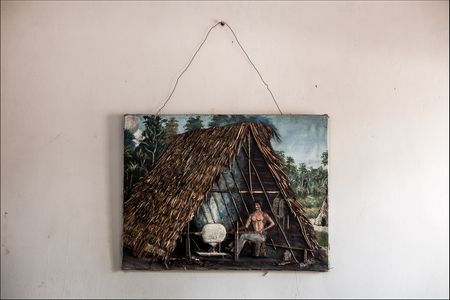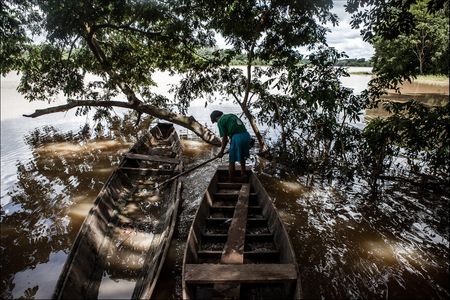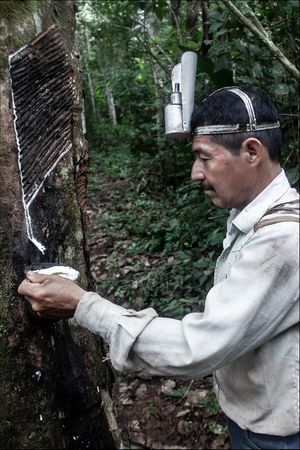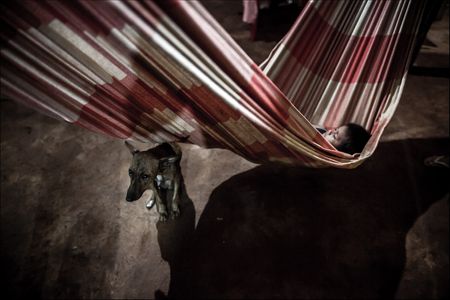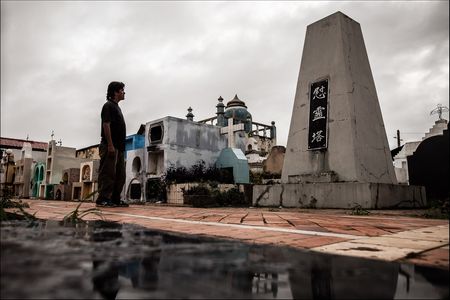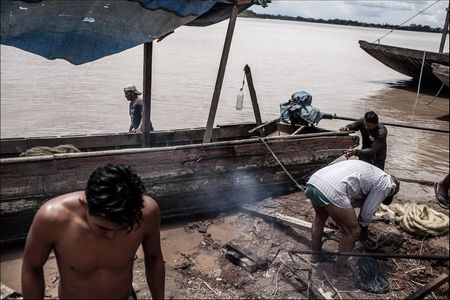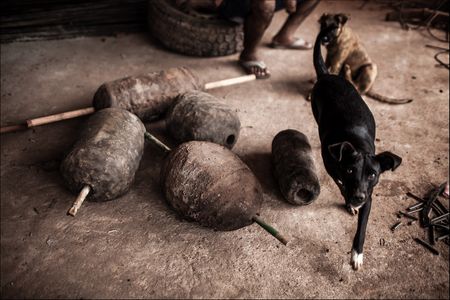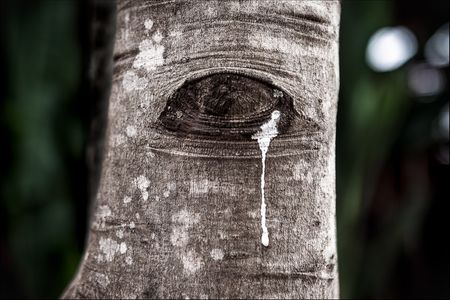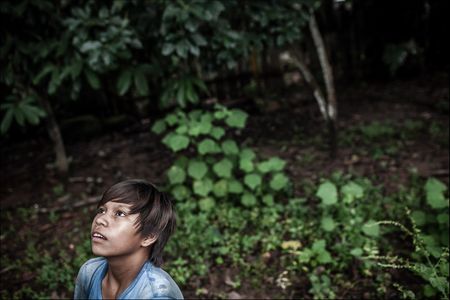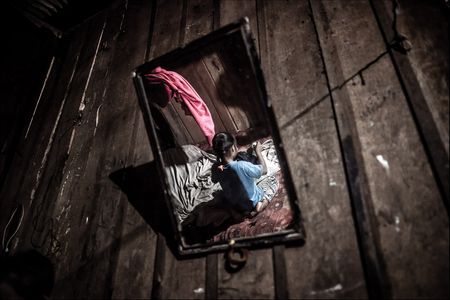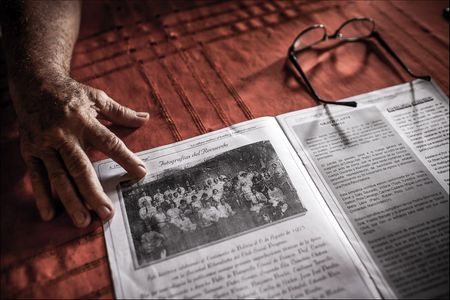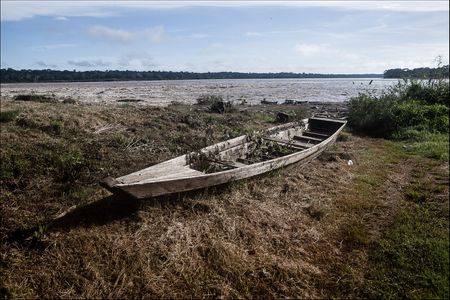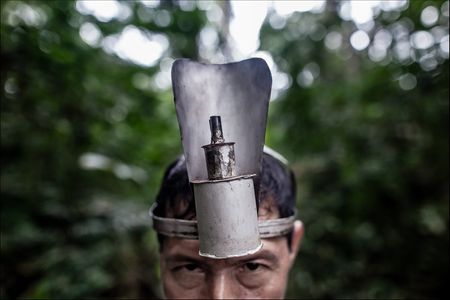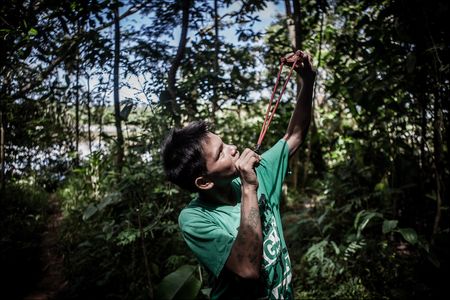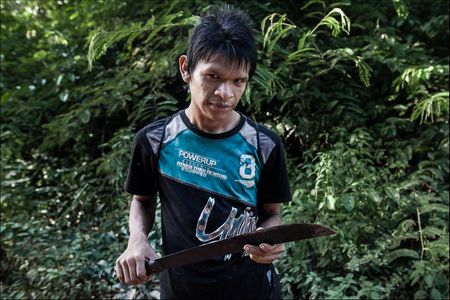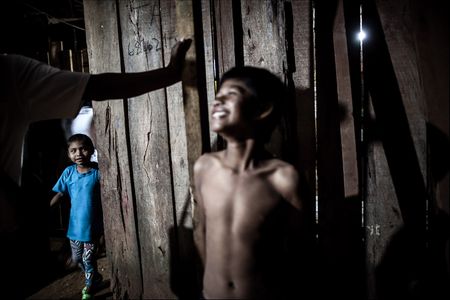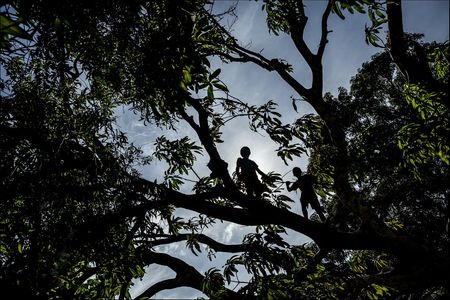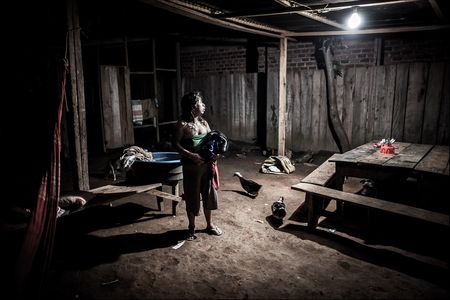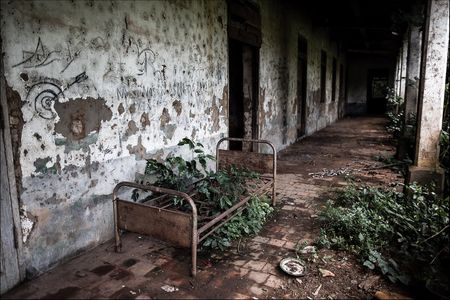AMAZON TEARS
AMAZON TEARS
The rubber fever that took place in the late 19th and early 20th centuries in the Amazon
may seem like an ancient story, but its effects are still very much alive.
It may not be a coincidence that the natives baptized the latex tree as ‘cahuchu’ which means “the tree that cries”.
The rubber fever that took place in the late 19th and early 20th centuries in the Amazon may seem like an ancient story, but its effects are still very much alive. For years, the extraction of rubber latex and its commercialization to produce tires for bicycles, cars and all types of vehicles caused a wide expansion of European colonization in the Amazon rainforest. This activity attracted immigrant workers from all continents and generated wealth and splendor, but also brought about cultural and social transformations, especially dramatic in indigenous populations.
The demand for indigenous labor during the fever resulted in the persecution of those peoples who refused to be used, such as the Pacahuara and the Araona; while in other cases, diseases imported by the white man caused the death of many of these populations. Likewise, many ethnic groups in the Amazon rainforest were subjected to forced processes of civilization and evangelization by religious missions that have led to the total or partial destruction of their societies and worldviews.
The prosperous era of Amazonian rubber began its slow decline when in 1876 the English managed to illegally remove 70.000 seeds from the gum tree. These seeds were later cultivated in Sri Lanka, sub-Saharan Africa and Malaysia, which became the second homeland of rubber, causing the Latin American jungle to lose the rubber monopoly and thus causing a regional economic crisis. In this way the Amazon experienced a real boom and sunset of rubber.
Today, these indigenous groups (some on the verge of extinction) struggle to survive the effects of mass latex extraction. The death of their languages and cultures implies the disappearance of a particular, unique and different vision of the world. It may not be a coincidence that the natives baptized the latex tree as ‘cahuchu’ which means “the tree that cries”.
Texto: Wayra Ficapal
© Mingo Venero





